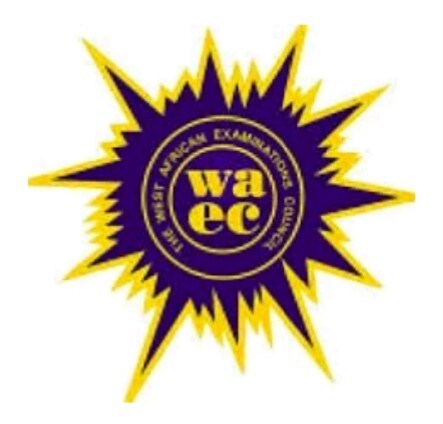Preparing for the WAEC Further Mathematics examination can be a daunting task without proper guidance.
The syllabus serves as a crucial tool to structure your study plan and ensure you cover all the necessary topics.
List of Key Topics in WAEC Syllabus for Further Mathematics 2024/2025
In this blog post, we will explore the aims and objectives of the syllabus, the examination scheme, and the key topics covered in the WAEC Further Mathematics syllabus.
By understanding the syllabus, you will equip yourself with the knowledge needed to excel in the exam.
Aims of the Syllabus
The WAEC Further Mathematics syllabus aims to achieve the following objectives:
- Development of conceptual and manipulative skills: The syllabus emphasizes the enhancement of your mathematical skills, focusing on advanced concepts and problem-solving abilities.
- Bridging the gap between Elementary Mathematics and Higher Mathematics: This intermediate course of study aims to provide a smooth transition between fundamental mathematical principles and more advanced topics.
- Meeting the needs of potential professionals: The syllabus caters to the requirements of aspiring Mathematicians, Engineers, Scientists, and other professionals who rely on mathematics as a fundamental tool in their respective fields.
- Analyzing data and drawing valid conclusions: The syllabus emphasizes the application of mathematical techniques to analyze data and derive meaningful conclusions.
- Developing logical, abstract, and precise reasoning skills: Through the study of Further Mathematics, you will strengthen your ability to think logically, abstractly, and precisely, which are vital skills in various disciplines.
Examination Scheme
The WAEC Further Mathematics examination consists of two papers, both of which are compulsory.
Paper 1:
This paper comprises forty multiple-choice objective questions that cover the entire syllabus. You will have 1 hour to answer all the questions, which carry a total of 40 marks. The questions are divided as follows:
- Pure Mathematics: 30 questions
- Statistics and Probability: 4 questions
- Vectors and Mechanics: 6 questions
Paper 2:
This paper is divided into two sections, A and B, and should be completed within 2 hours, carrying a total of 100 marks.
Section A: In this section, you will find eight compulsory elementary-type questions, accounting for 48 marks. The distribution of questions is as follows:
- Pure Mathematics: 4 questions
- Statistics and Probability: 2 questions
- Vectors and Mechanics: 2 questions
Section B: This section consists of seven longer and more challenging questions divided into three parts (I, II, and III), accounting for 52 marks. You must answer at least one question from each part, totaling four questions.
WAEC Further Mathematics Syllabus
The syllabus covers the following topics:
Pure Mathematics:
- Sets
- Surds
- Binary Operations
- Logical Reasoning
- Functions
- Polynomial Functions
- Rational Functions
- Indices and Logarithmic Functions
- Permutation and Combinations
- Binomial Theorem
- Sequences and Series
- Matrices and Linear Transformation
- Trigonometry
- Co-ordinate Geometry
- Differentiation
- Integration
Statistics and Probability:
- Statistics
- Probability
Vectors and Mechanics:
- Vectors
- Statics
- Dynamics
Important Information:
The syllabus also provides additional information on units of measurement, such as length, area, capacity, mass, and currency conversion. Candidates are expected to be familiar with these units.
Use of Mathematical and Statistical Tables:
You are allowed to use mathematical and statistical tables published or approved by WAEC during the examination. The expected degree of accuracy will be obtainable from these tables.
Use of Calculators:
Non-programmable, silent, and cordless calculators are permitted in the examination. However, calculators with a paper printout or the capability to receive/send information are not allowed. Phones with or without calculators are also prohibited.
Other Materials Required:
Candidates should bring rulers, pairs of compasses, protractors, set squares, and any other materials necessary for the examination.
Borrowing such instruments from other candidates in the examination hall is not permitted. Graph papers ruled in 2mm squares will be provided if required for any paper.
Conclusion
Understanding the WAEC Further Mathematics syllabus is crucial for effective exam preparation.
By studying the syllabus and focusing on the outlined topics, you will be equipped with the necessary knowledge and skills to succeed in the examination.
Remember to adhere to the examination scheme and be familiar with the units of measurement and other important guidelines. Best of luck in your Further Mathematics journey!






